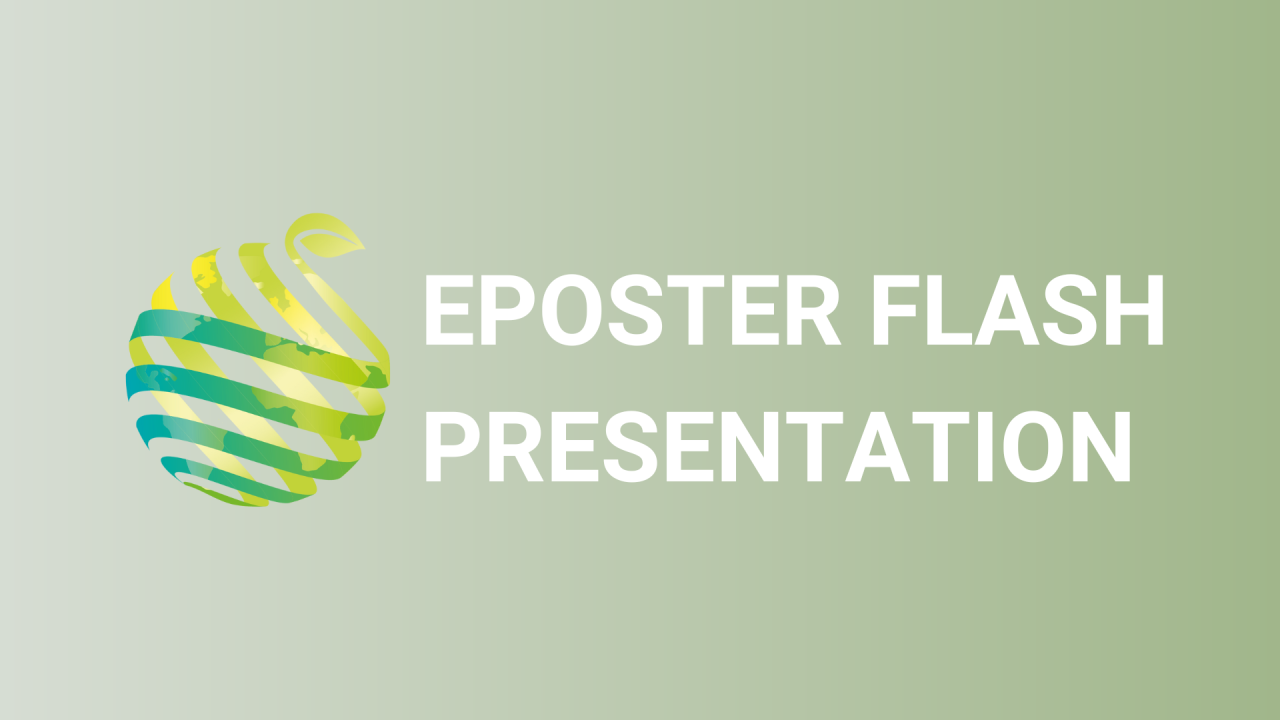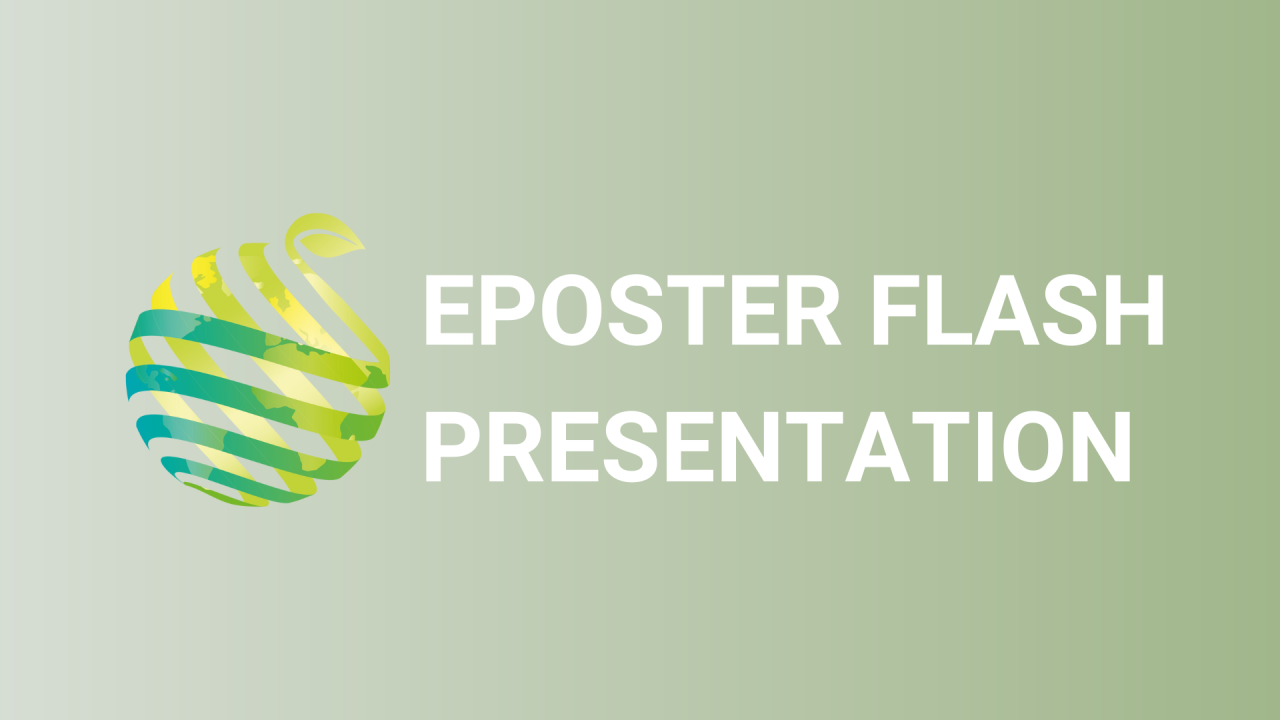

S02 - Session P6 - Evaluation of genotype, environment, and genotype-by-environment interaction for phenolic compounds in tomato landraces
Information
Authors: Pilar Hellín, Virginia Hernández, Elena Sánchez, Inmaculada Garrido, Juana Cava, Aurora Pérez, Josefa Gomariz, María Virtudes Molina, Inmaculada Fernández, Elia Molina, Nuria López, José Fenoll, Pilar Flores *
Tomato has been identified as a fruit of great interest because its high content of health-related compounds. Unfortunately, modern agriculture focuses its efforts to prioritize characteristics such as high yield, long life and visual impact, neglecting organoleptic and nutritional quality. In this sense, local landraces cover a wide genetic diversity that can help mitigate the current genetic erosion within agricultural diversity, increasing nutritional and organoleptic traits compared to commercial F1. Thus, the objective of this work was to measure the response of fifteen tomato traditional genotypes within and across environments for flavonoids (flavonols and flavanones) and hydroxycinnamic acids content to determine stable genotypes across two environments and four years. Estimated variance components were calculated for each genotype, environment, year and genotype-by-environment and genotype-by-year interactions. In our work, significant differences were observed among the genotypes and among genotype-by-environment interactions. Among the genotypes in each environment, the within-genotype variances were also significantly different. When the nature of the genotype-by-environment interaction was examined, changes in genotype rank and differences in magnitude were observed. Also, when interactions were analysed by tomato type, the Cherry type showed the greatest stability across environments respect to flavonols and hydroxycinnamic acids content.